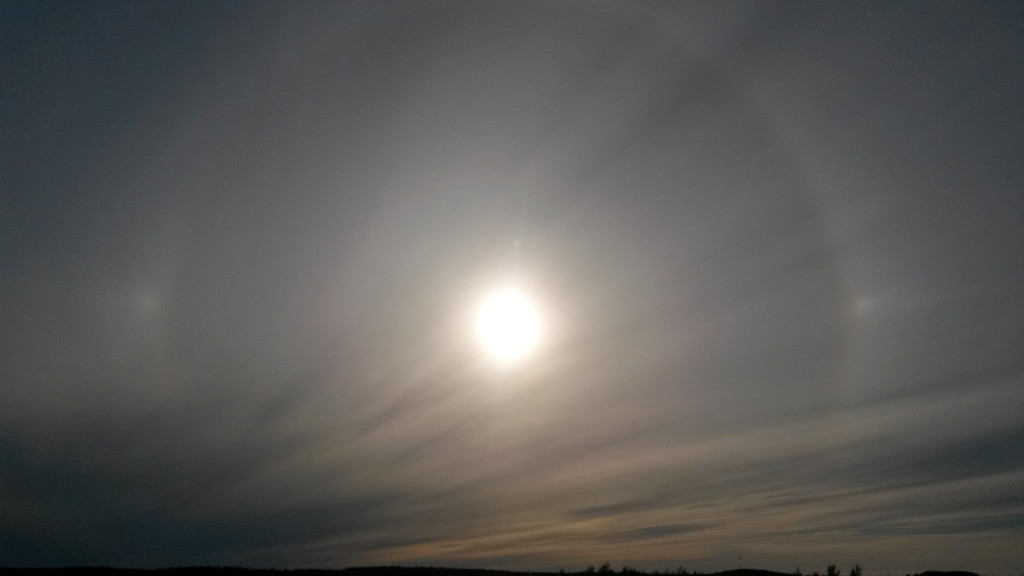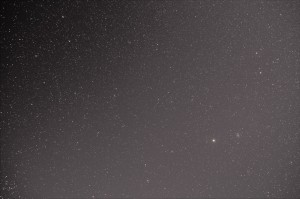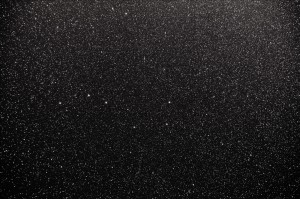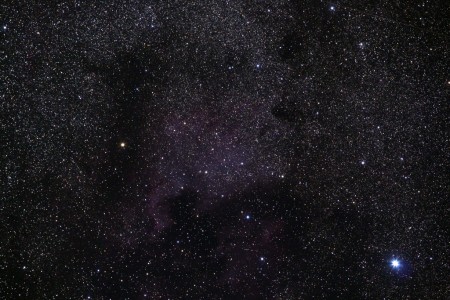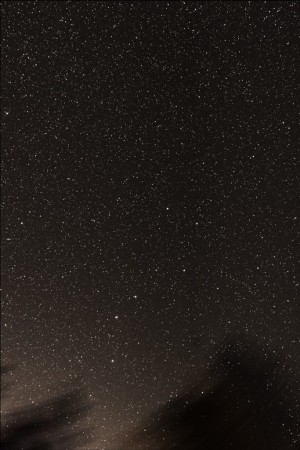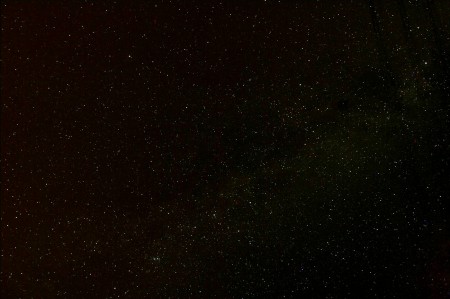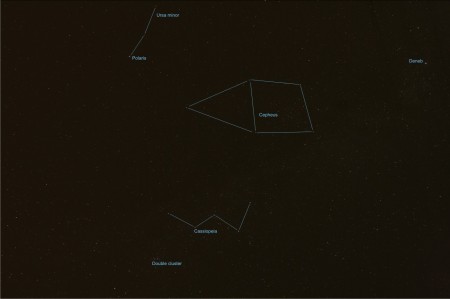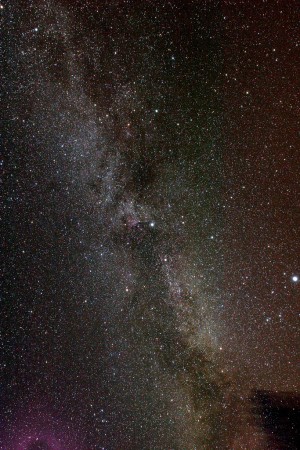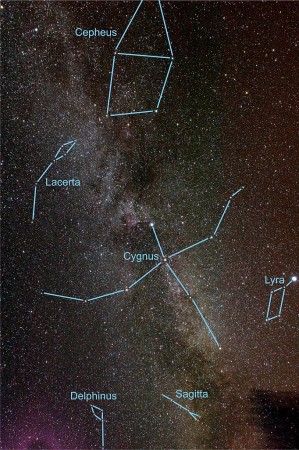circular (22 degrees? anyone want to verify that, picture taken with Samsung S4 mini) halo with parhelia at 3 oclock and 9 oclock.
Category: Wide Field Astrophotography
Leo and Mars
Wide-field shot of the area around Leo. The bright dot low and right of center is Mars, and I think next to mars is the open cluster M44 (a.k.a. "the beehive cluster" or "Praesepe"). These pictures really need to be taken on nights without the moon. There's a huge gradient from dark to bright towards the direction of the moon.
I tried to add some lines and text for constellations, but it's fairly difficult because so many stars are showing in the picture:
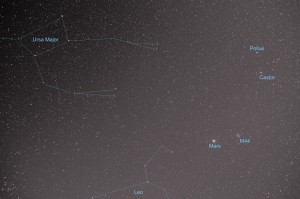
Ursa Major
3 x 20 min = 60 min exposure of Ursa Major through a 17-40/4L lens at ca 17mm and stopped down to F5.6. There is something funny with the polar-alignment or the guiding which makes the stars in the lower left corner not look good.
North America Nebula (NGC7000)
After M31, and before the clouds started rolling in, I pointed my camera at the North America Nebula NGC7000 right beside Deneb (the bright star low/right).
A single 10 minute exposure at iso400, 70-200/4L lens set to 200mm and F5.6.
Ursa Major
Cassiopeia
17-40/4L lens set to 17mm and F/5.6. A stack of 20 exposures, each 60s (20min total exposure at iso800). See also here.
Cygnus
A 32 minute exposure at iso200 through a Canon 17-40/4L (17mm @ F/5.6) of Cygnus and surrouding constellations with the milky way in the background.
There is a tree at the bottom right, and some local light-pollution bottom left, otherwise I am quite happy with this first serious go at a wide-field milky way picture. A dew-heater will allow longer uninterrupted sessions, and the fine focus could be improved slightly. Perhaps I should use a higher iso setting?
Update: after some discussion it seems that the red problems in the lower left corner may be due to amplifier-noise in the camera. Stacking a number of shorter exposures, for example 6x 10 min, is a better way of achieving a long total exposure with a DSLR. Cooled CCD cameras made for astrophotography are better for very long exposures - but also cost significantly more than consumer DSLRs.
